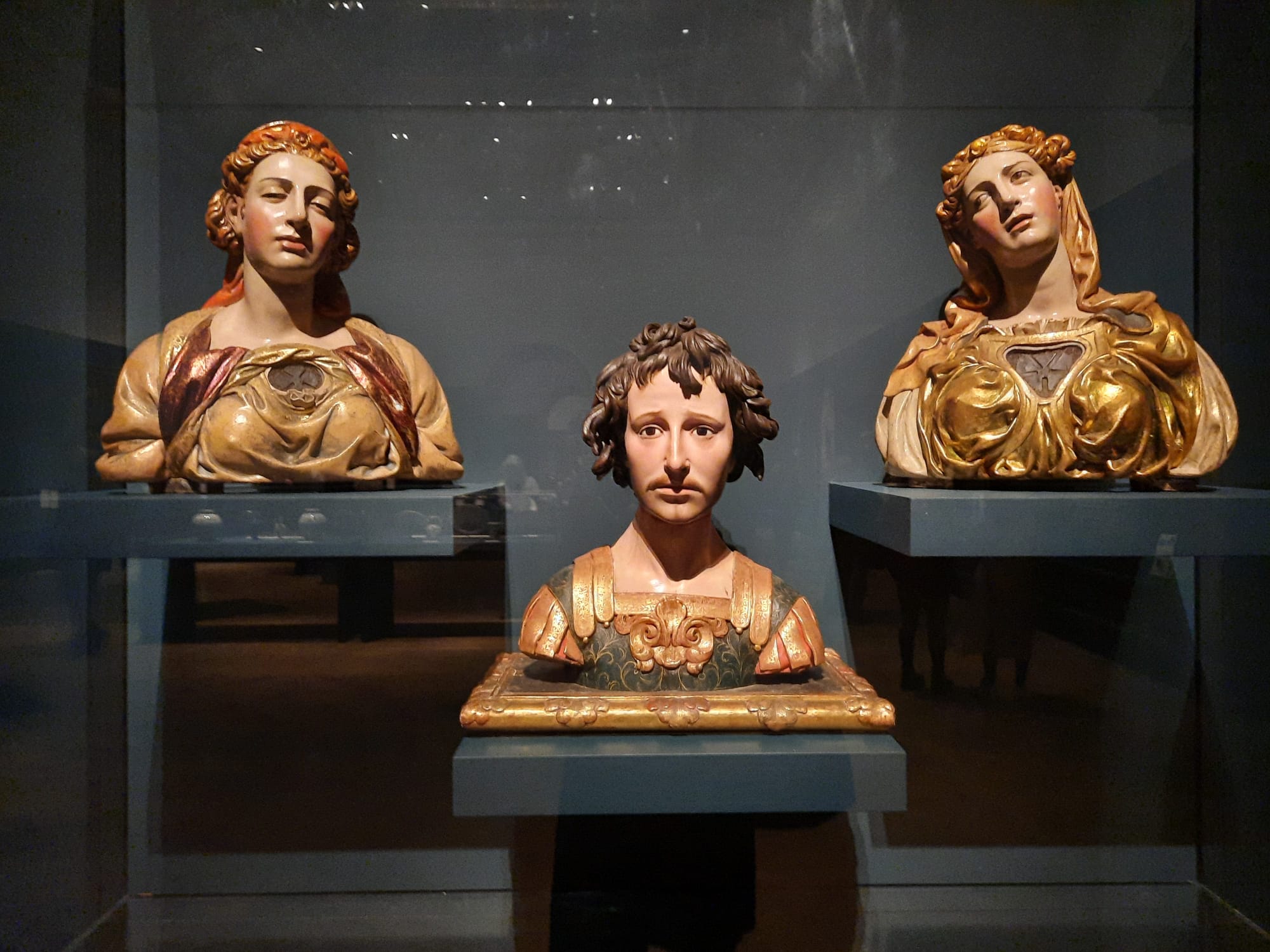Spain And The Hispanic World – Royal Academy, London
Renovations at the Hispanic Society of America in New York provide an exceptional opportunity to see some of the collection’s masterworks in the galleries of the Royal Academy. Thousands of years of history from Spain and the Hispanic world, all in one place.
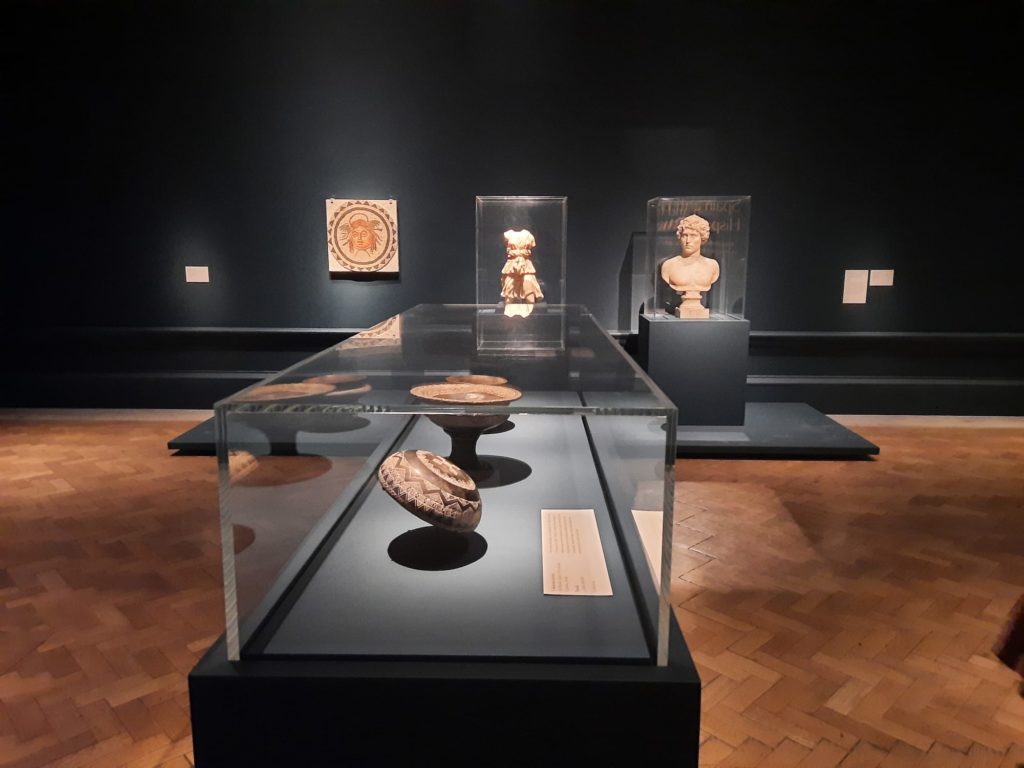
Welcome To London, Old Friend!
Several years ago, when the Salterton Arts Review was brand new (and before this current post-lockdown incarnation), I went on a trip to New York and visited the Hispanic Society of America. It’s a lovely Beaux Arts building in Upper Manhattan, with a gloriously old-fashioned ambience. Its central mezzanined gallery showcases work by Goya amongst others, while smaller rooms have decorative arts and artworks from across the Spanish- and Portuguese-speaking world.
I have fond memories of this visit, although I’ve never managed to get back to the Hispanic Society on subsequent New York trips. Imagine my delight, then, when I found out that the Hispanic Society of America was coming to me! The museum has been mostly closed since 2017 for major renovations. Opened in the early 20th Century, there is a lot to do in terms of accessibility and modernised exhibition spaces. The hope is that it will reopen in 2023, and there are some events and temporary exhibitions in the meantime.
A very fortunate circumstance in one sense, at least for me in London. With the main galleries closed, this is an unprecedented opportunity for the Hispanic Society of America to showcase the highlights of its collection to new audiences. One such undertaking is this exhibition at the Royal Academy, Spain and the Hispanic World.
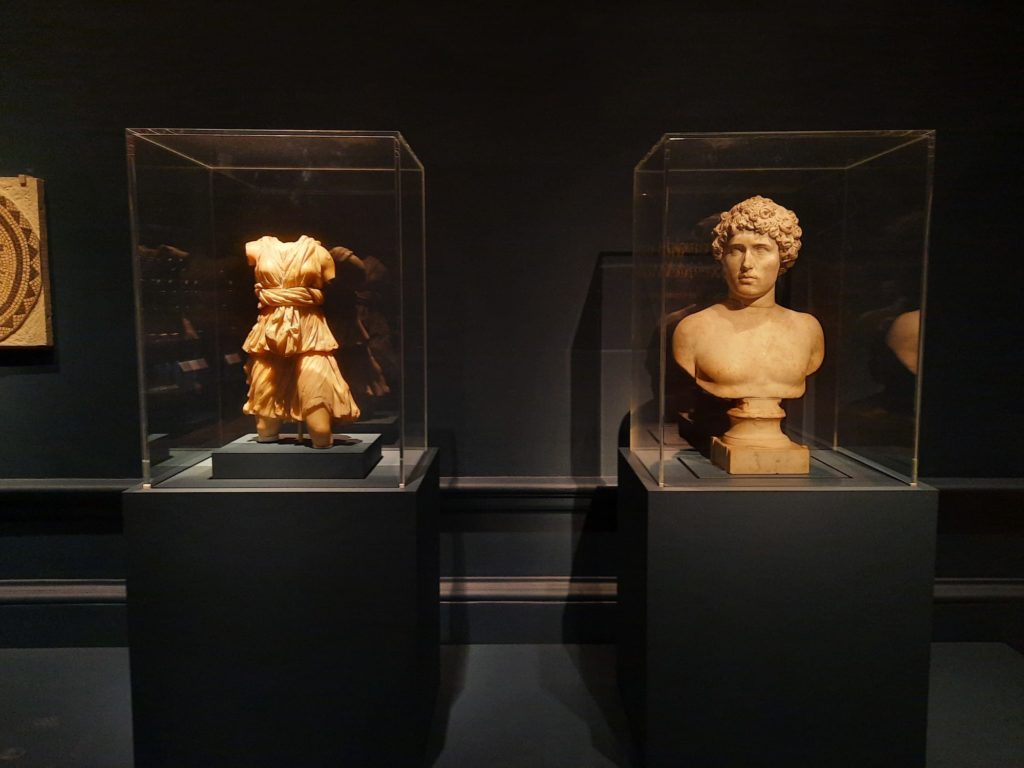
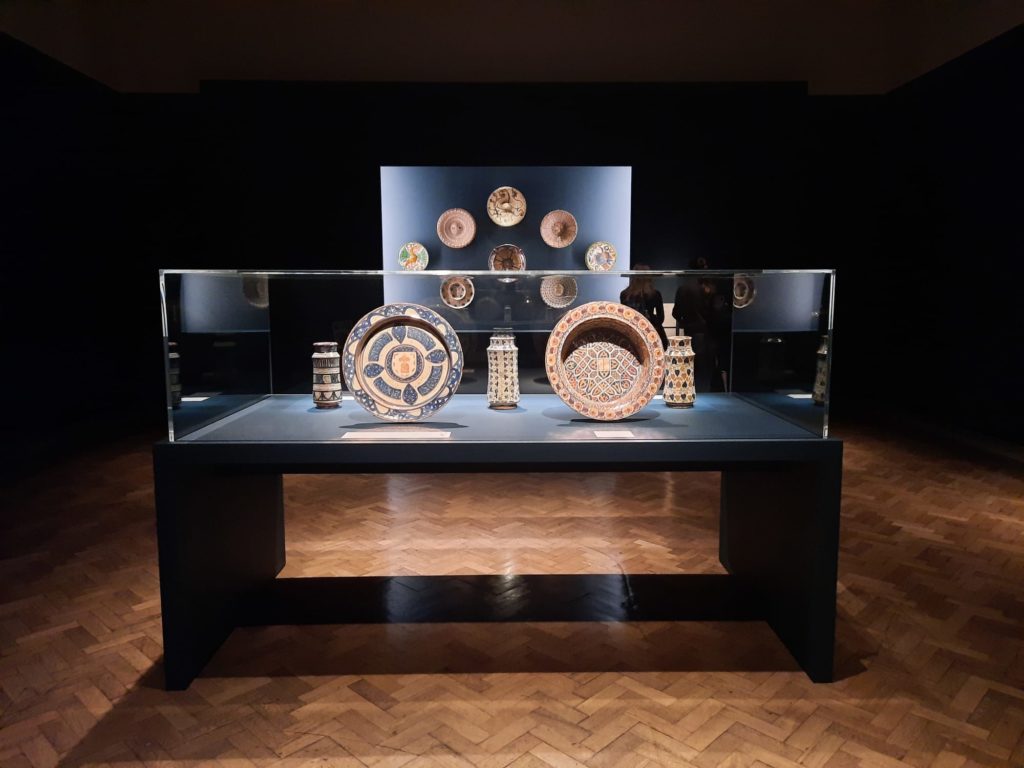
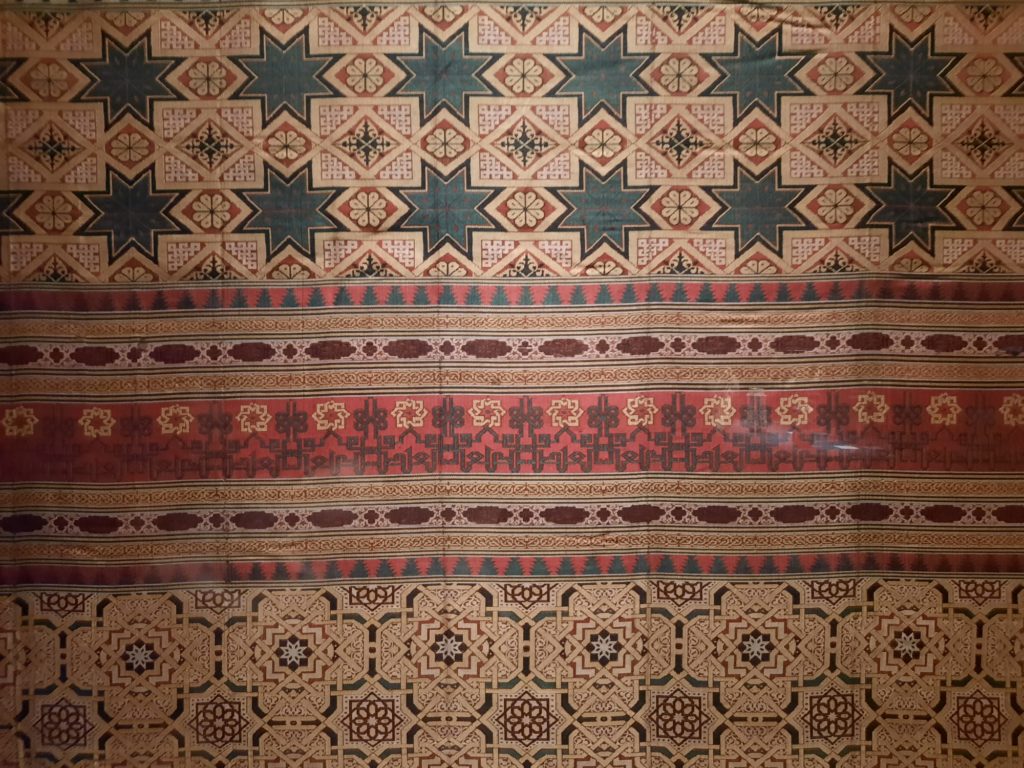
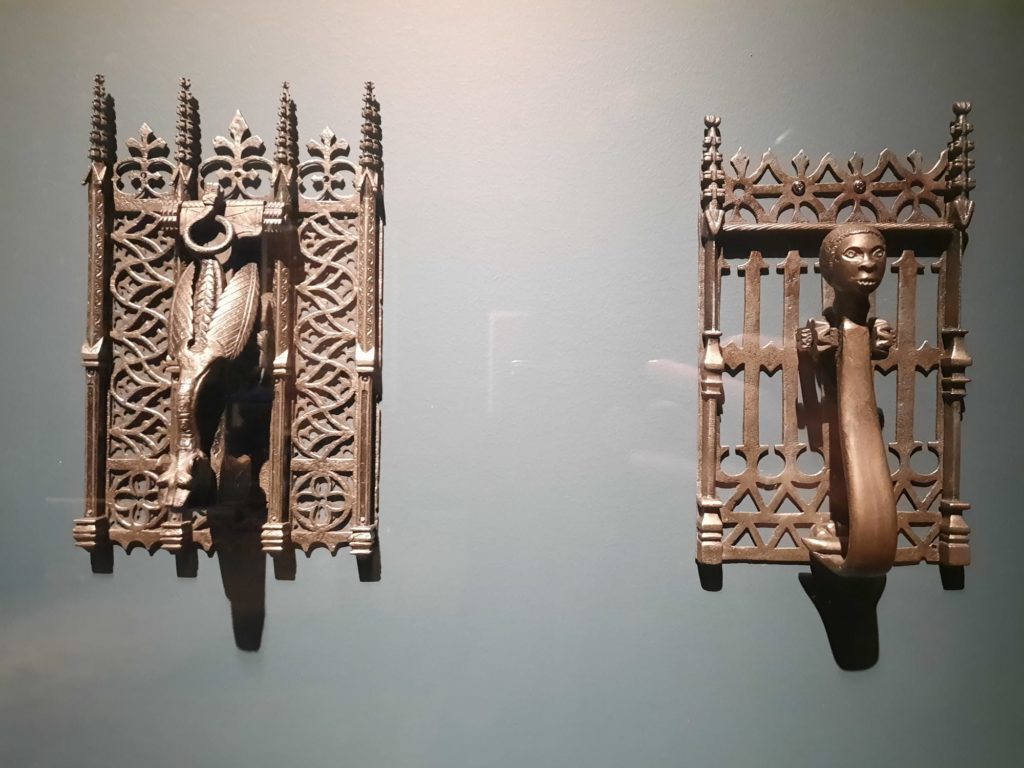
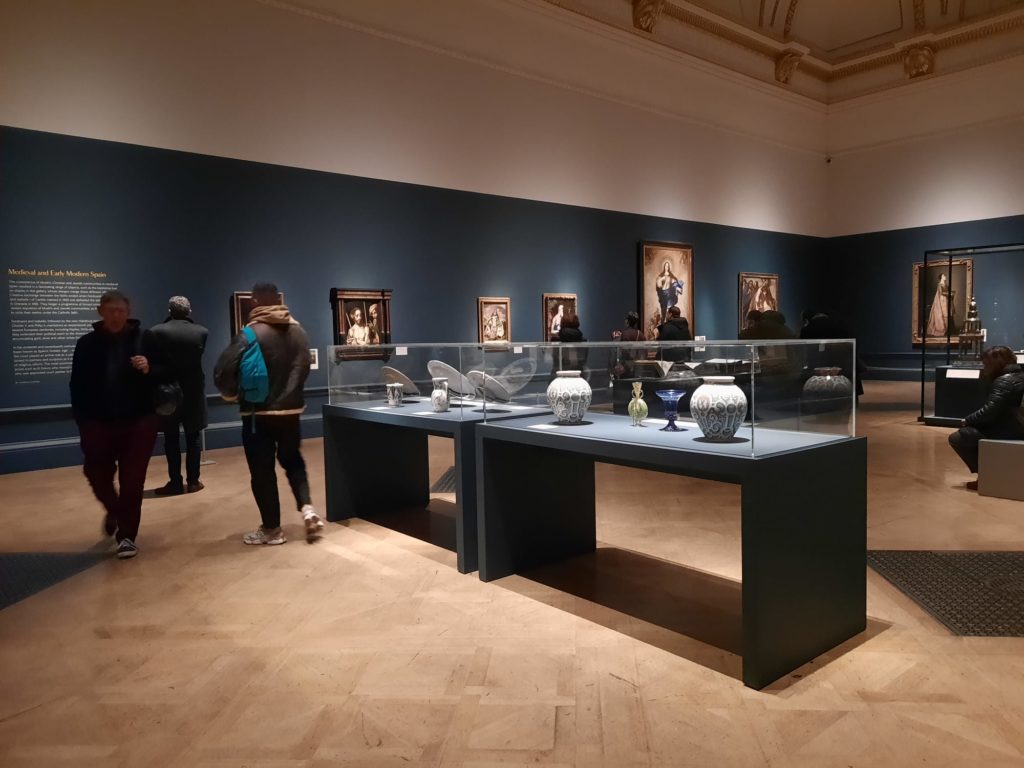
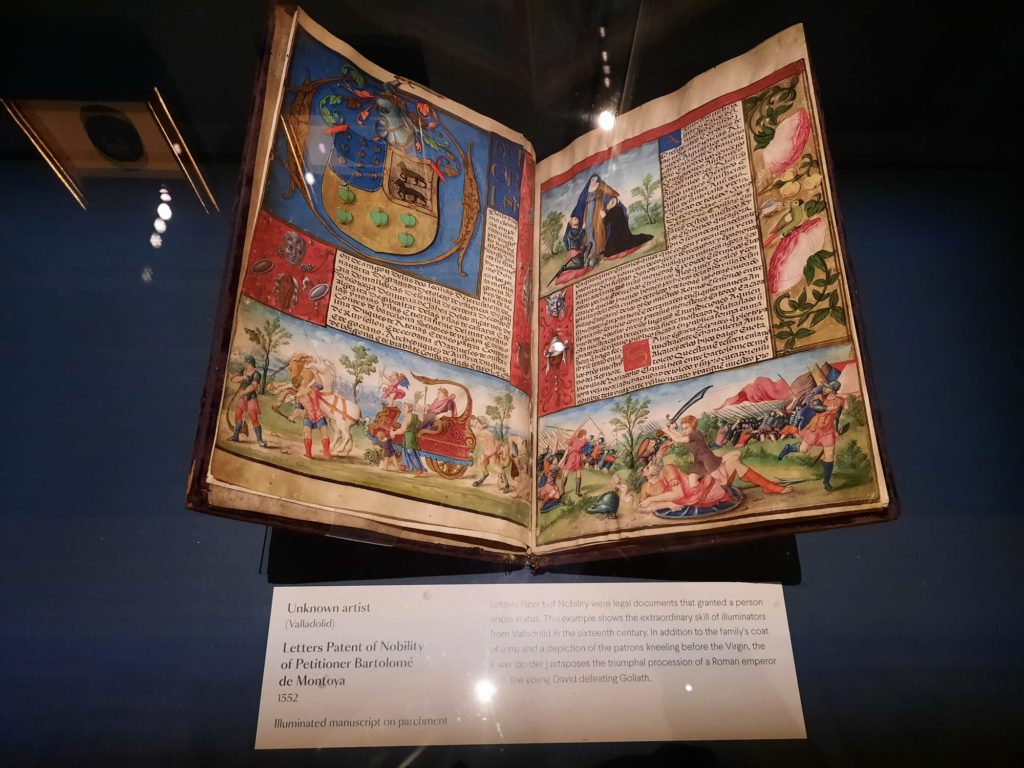
Spain And The Hispanic World
So what exactly do the highlights of the Hispanic Society of America entail? Quite a lot as it turns out, no matter which way you look at it. There are more than 150 artworks on view. They cover thousands of years of history between them. Plus represent a number of cultures, from the prehistoric Bell-Beaker People to Celtic to Islamic to Jewish to Christian. And that’s just Spain itself. The exhibition is chronological, and once the colonial period begins there are works from across the Americas, representing indigenous traditions and cross-cultural contact. To finish with the exhibition closes back in on Spain in the form of the artists of a century ago.
If this is as broad a definition of the subject matter as it’s possible to get, it is somehow not overwhelming. Spain and the Hispanic World is on view in the Royal Academy’s main first floor rooms, and the well-chosen objects get plenty of space. The chronological hang allows for clear information outlining the important developments of each period. And the texts stick mostly to high level historic detail and relevant artistic movements. It would be quite easy to accidentally overwhelm visitors with a crash course in geo-political history, so this is an achievement.
The flow of the exhibition (and the collection) makes most sense if you think of it as primarily Spanish-centric. We go through Spanish history until the medieval period. When Spain becomes the hub of an expansive colonial network, we broaden out and discover new cultures. And as these colonies gain independence and fall away, what we’re left with is Spain once more, but changed by these encounters. I say this without diving into any colonial ethics, merely as an observation of the ebbing and flowing of history.
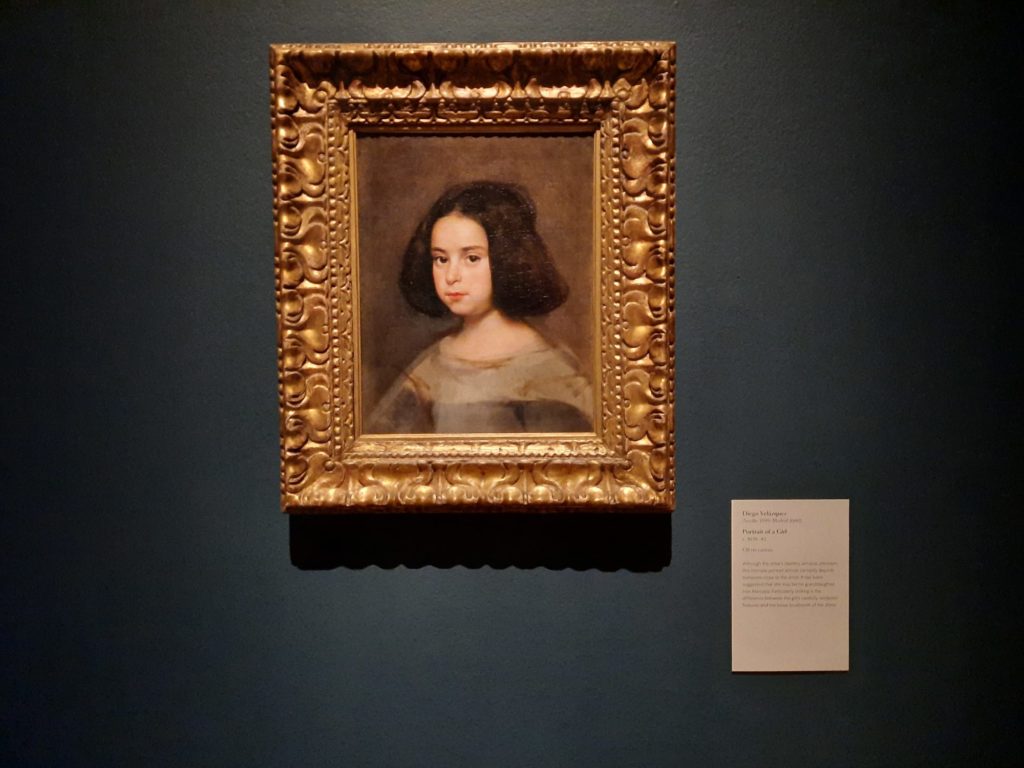
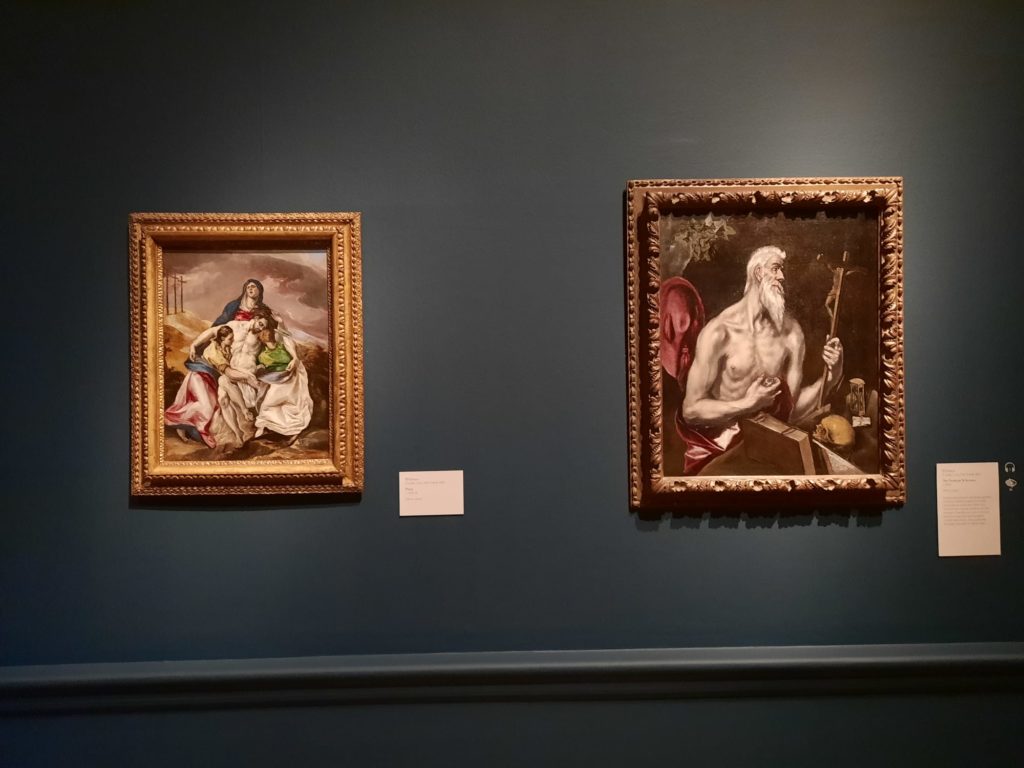
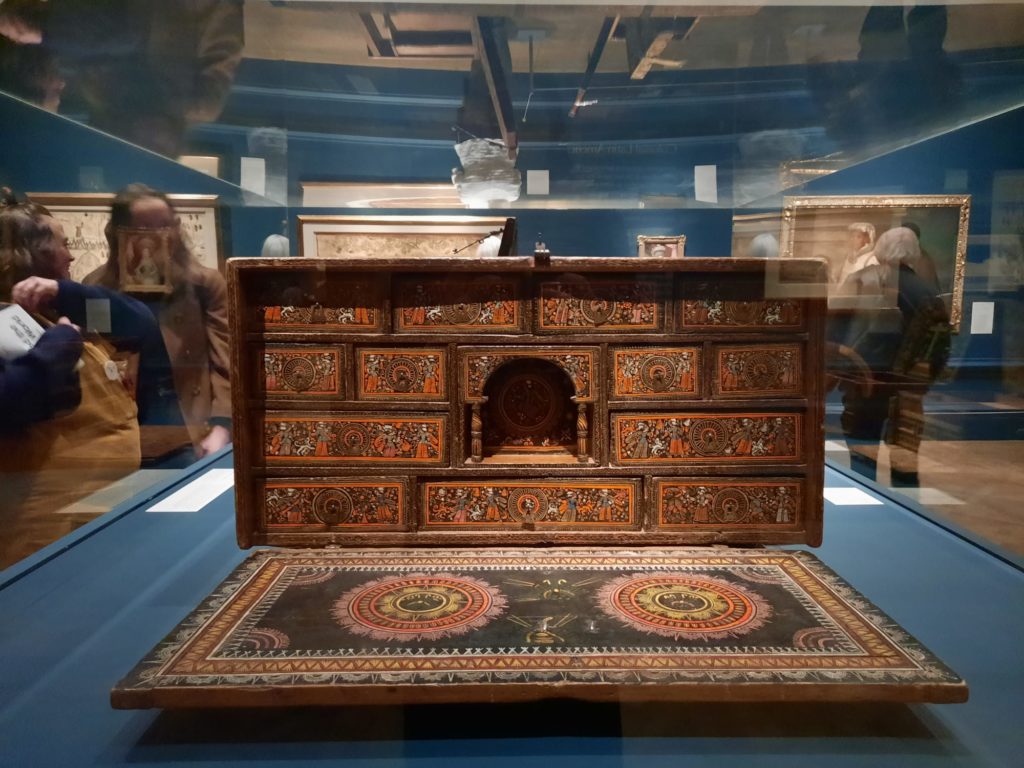
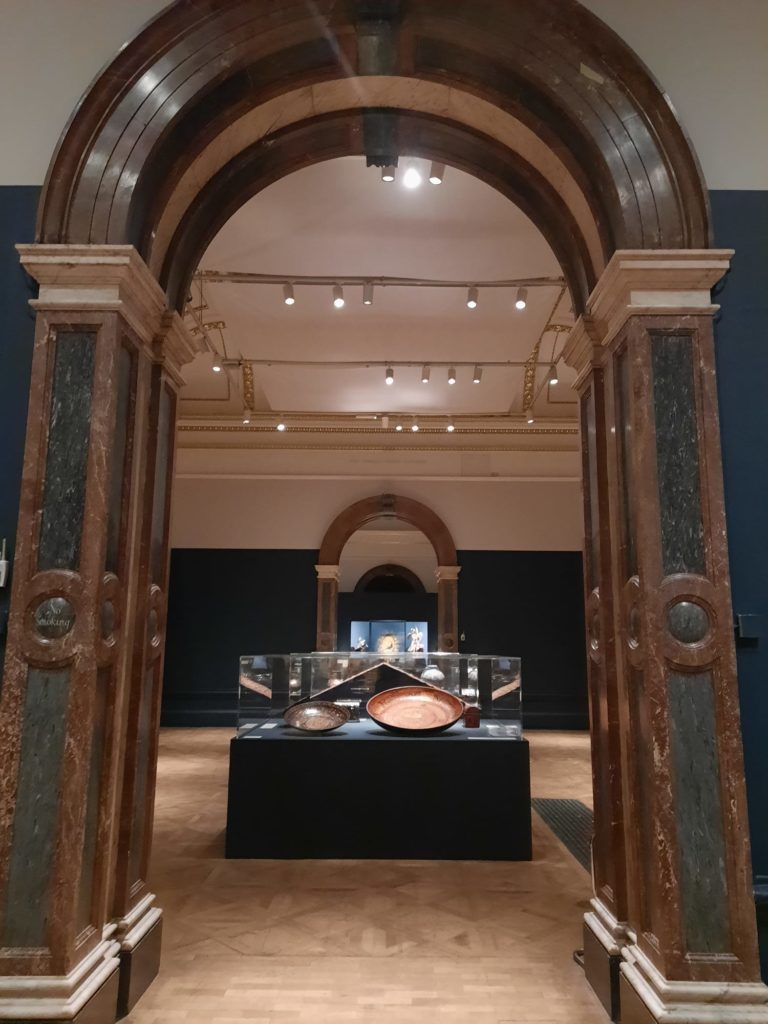
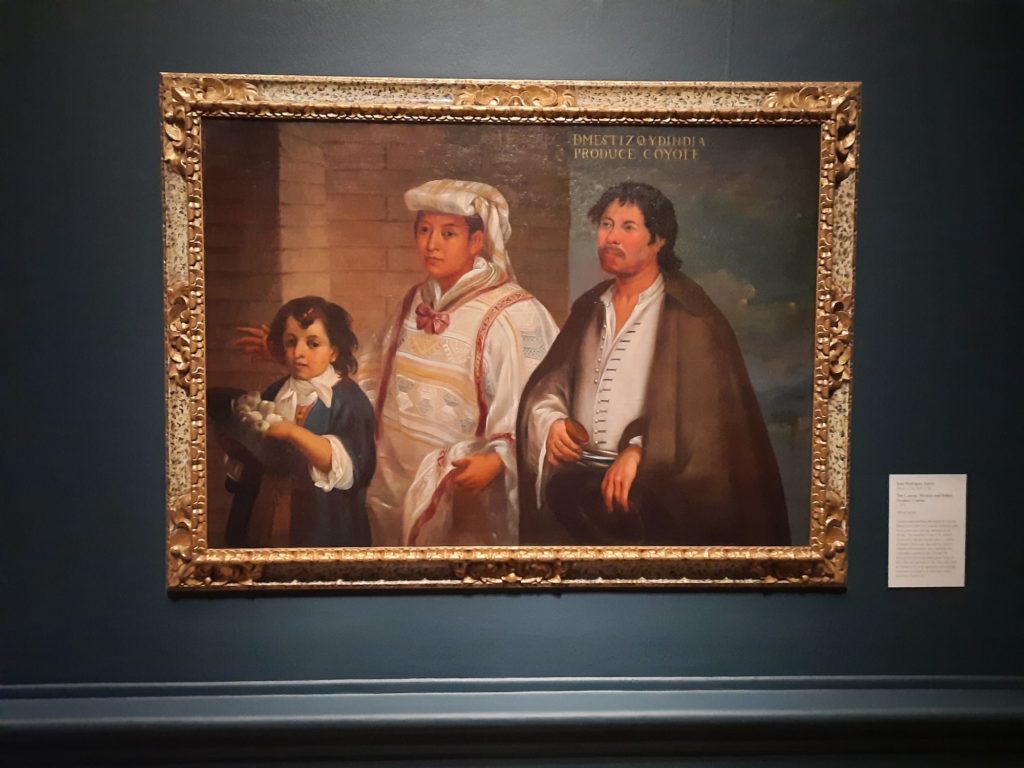
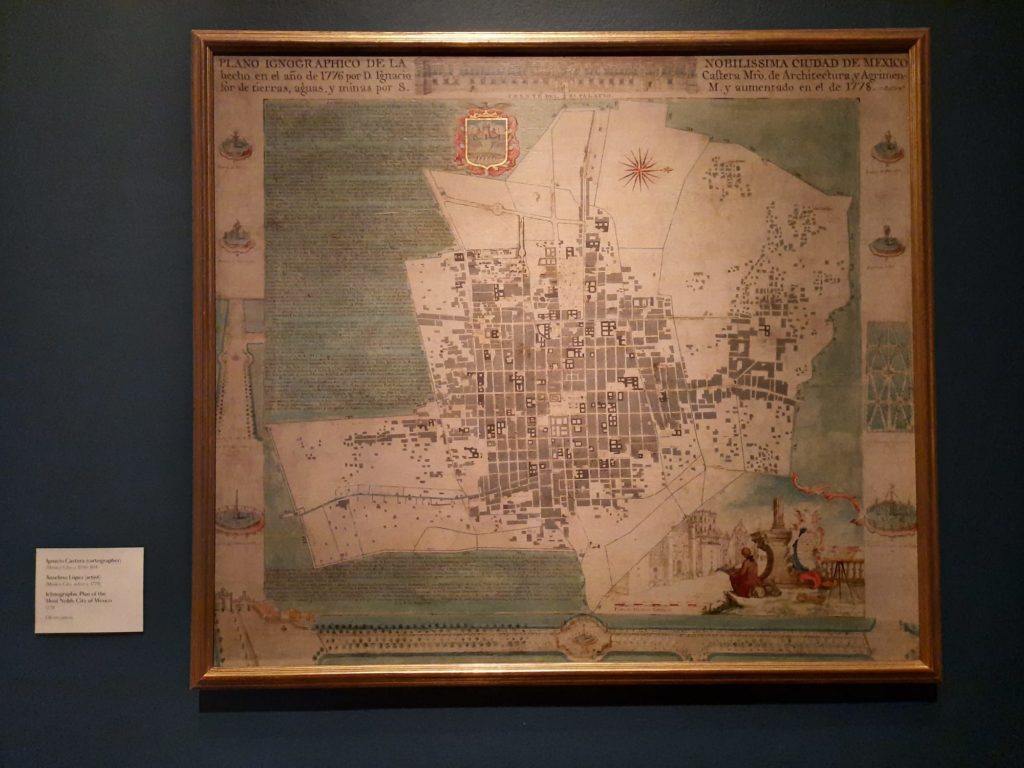
How Did This Collection Come About?
The history of the Hispanic Society of America and its collection is an interesting one. And also interestingly, it’s told mostly in the booklet you’re given as a visitor rather than the wall texts. A good use of complementary information rather than reprinting what’s already there.
Anyway, the founder of the Hispanic Society of America was Archer M. Huntington. Heir to an industrial fortune, Huntington showed a love of Hispanic culture from an early age. He first visited Spain at twelve years old, on a trip through Europe which also exposed him to top museums. Even at this young age he began to form the idea of a museum devoted to Spain and Latin America. He showed an incredible resolve, taking private tuition in Arabic amongst other studies from art to literature to history. He spent years at these studies, as well as tracking down the locations of Spanish artworks.
In the 1890s he began to buy. His diaries provide interesting insights on this period. He understood how wealthy Americans were commonly viewed by dealers (ie. disparagingly). And he determined to buy no pictures from Spain, preferring to leave those ones in their native country and only buy ones already in circulation outside it. That is not to say that the collections ethics, classifications etc. are always up to the moral codes of today (the exhibition texts address this when it’s the case), but an interesting self-imposition nonetheless. Since the foundation of the Society in 1904 and opening of the museum and library in 1908, the Hispanic Society of America has remained a distinctive collection and representative of its founder as much as its source countries.
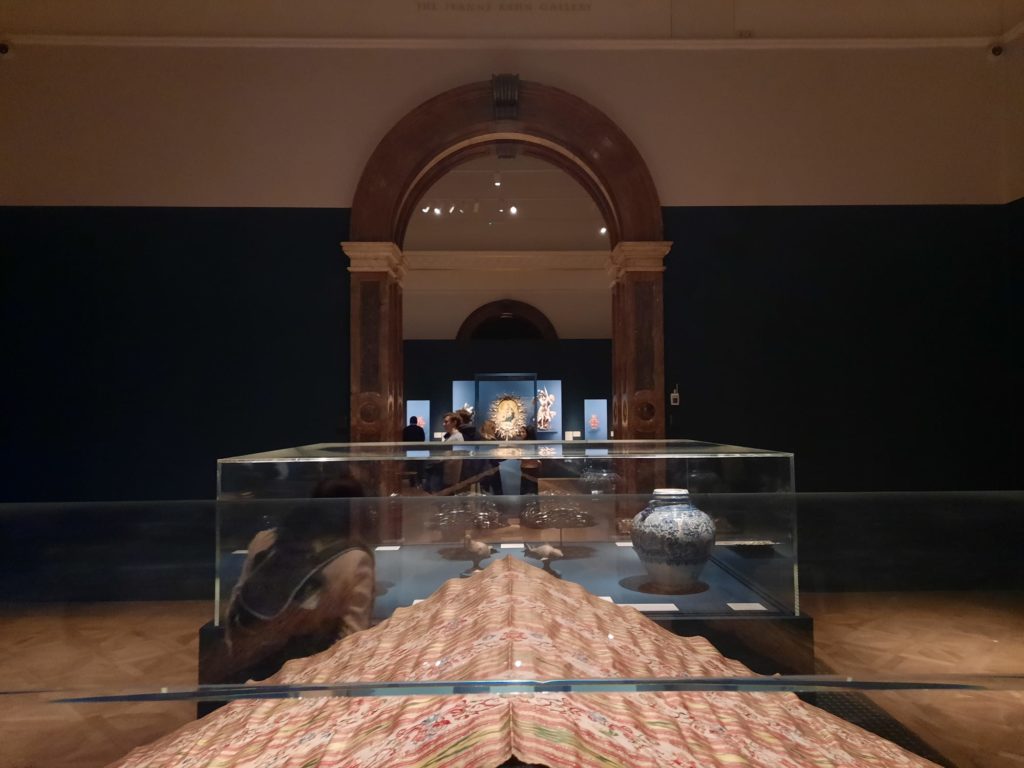
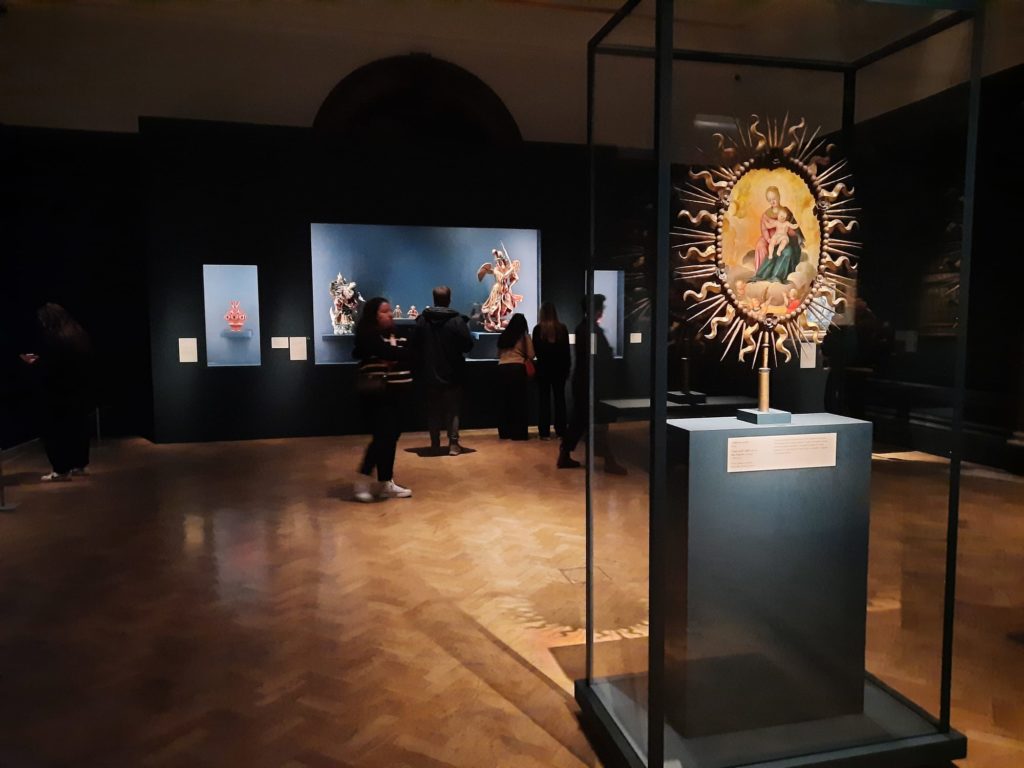
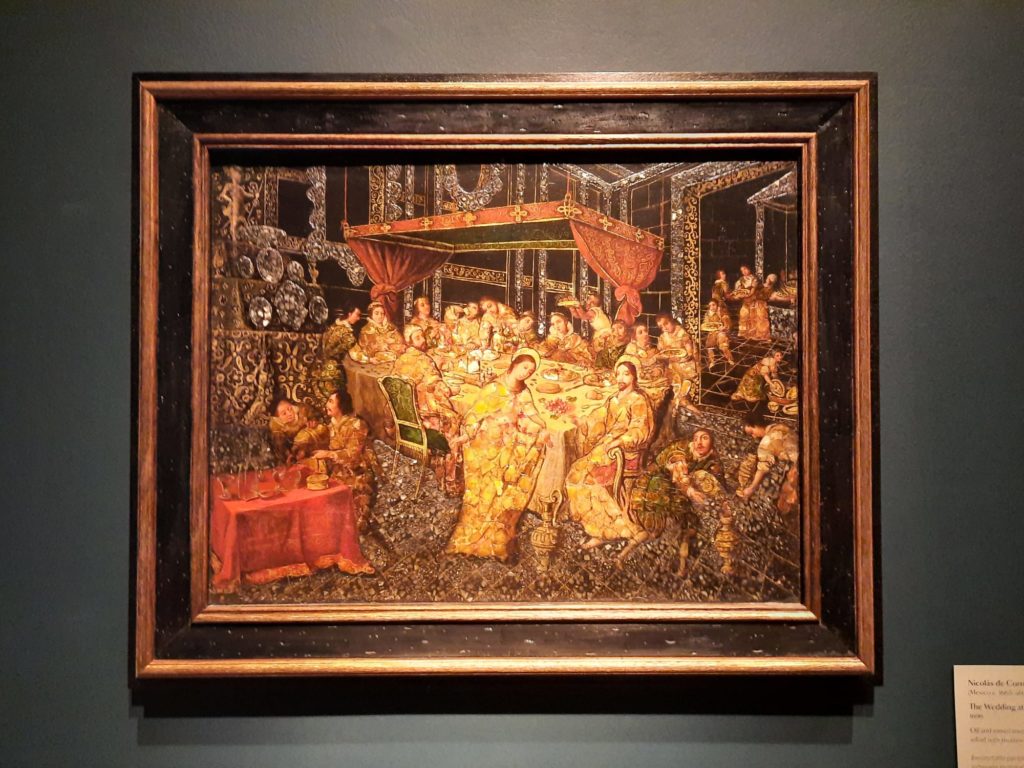
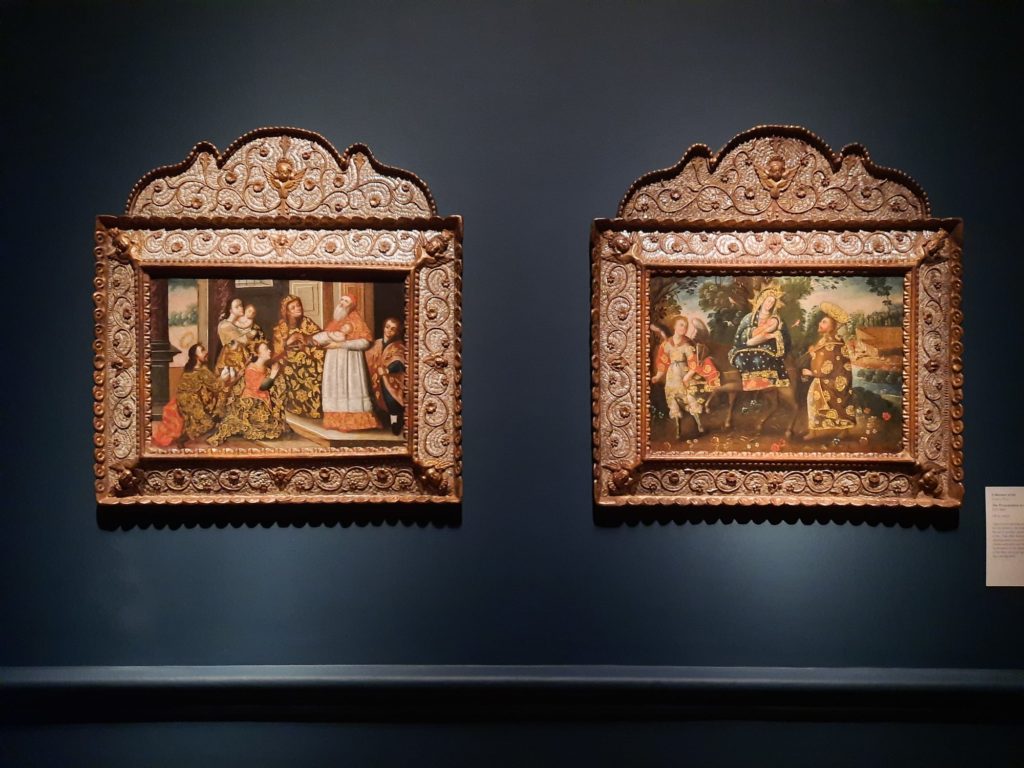
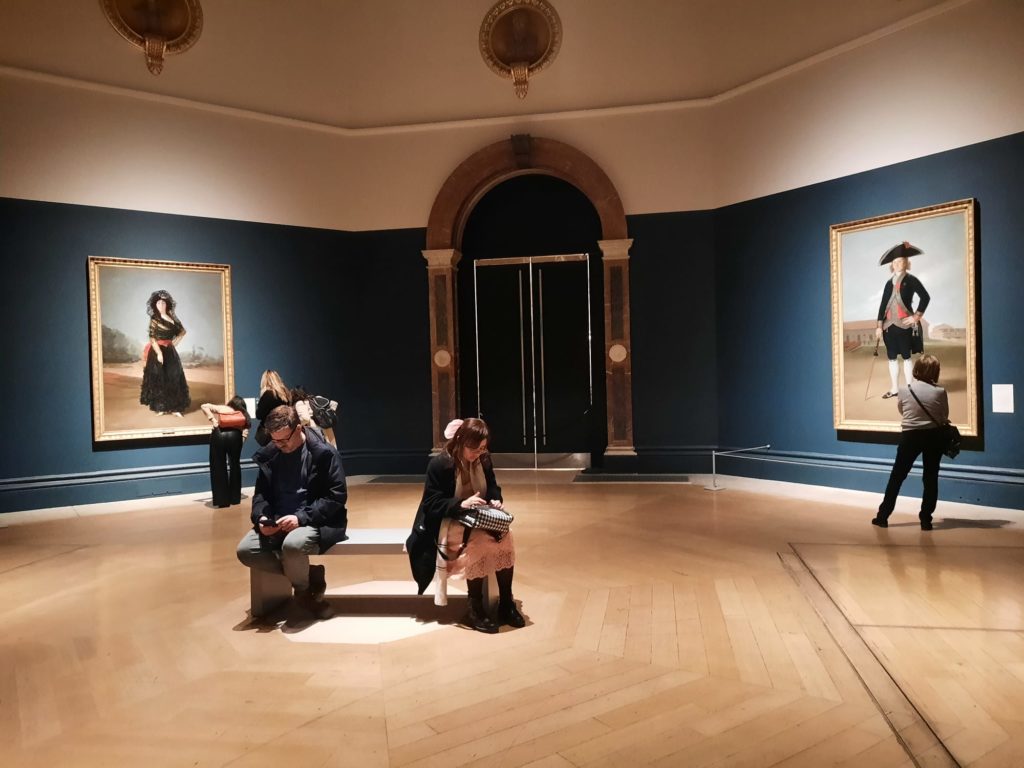
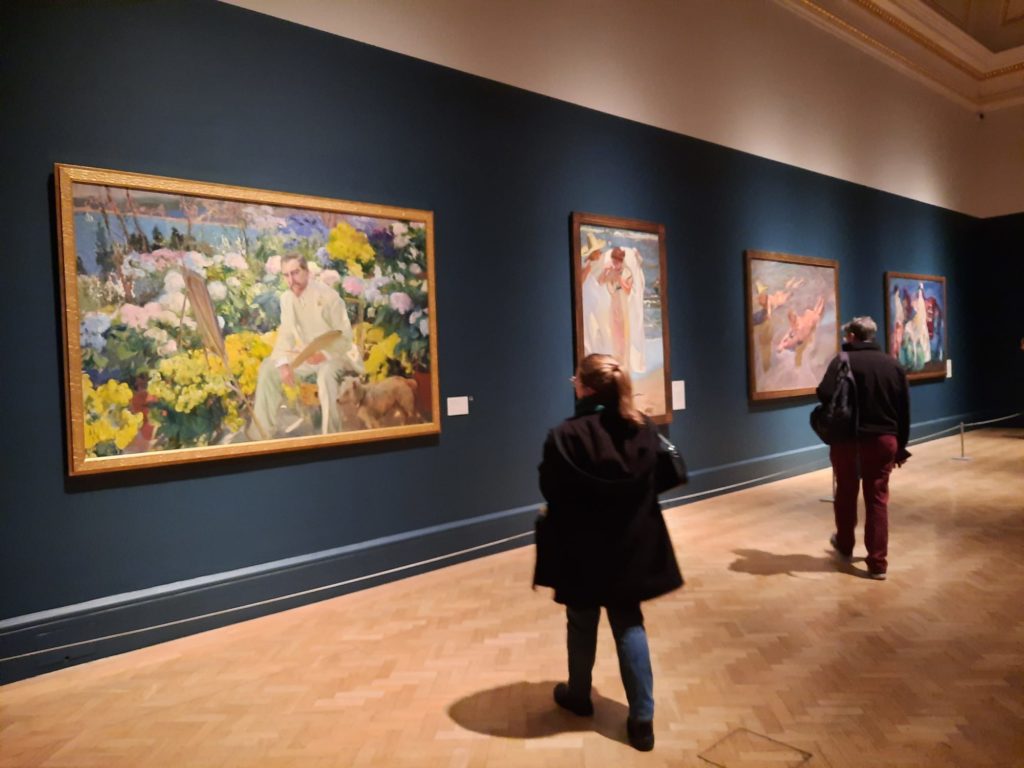
Distilling A Collection Into An Exhibition
In essence, the Royal Academy’s exhibition attempts to do the same thing as the Hispanic Society of America’s collection. That is to say, to tell the story of a vast swathe of the world in a limited space. For the purposes of the exhibition it is distilled even further, from more than 750,000 objects to fewer than 200. No easy feat! How then to select the objects to tell the story?
To come back to my old favourite, the idea of “the object as data carrier”, I think the answer is that the objects are stand-ins. Each selected to carry the weight of a particular story in Spanish or Latin American history on its back. One or two classical sculptures. A Celtic hoarde. A perfect Islamic textile. A group of three reliquaries. A ceramic vessel which encapsulates intercultural exchange. This is perhaps less evident when it comes to the paintings. The curators have here been more generous, allowing multiple canvases by the same artist. Goya, of course, whose portrait of the Duchess of Alba is one of the jewels of the collection. But also Sorolla and Velázquez.
It’s a lot to ask for one or two or a handful of objects to tell the story of an entire culture or process of cultural exchange. I guess having 750,000 to choose from probably made this slightly easier. And the wall texts for each object do the same excellent job of keeping the information high level. I would be lying if I said I read them all, because I just couldn’t have retained so many details at once. But those which I did stop and look at in detail invariably added something to my understanding of the subject at hand.
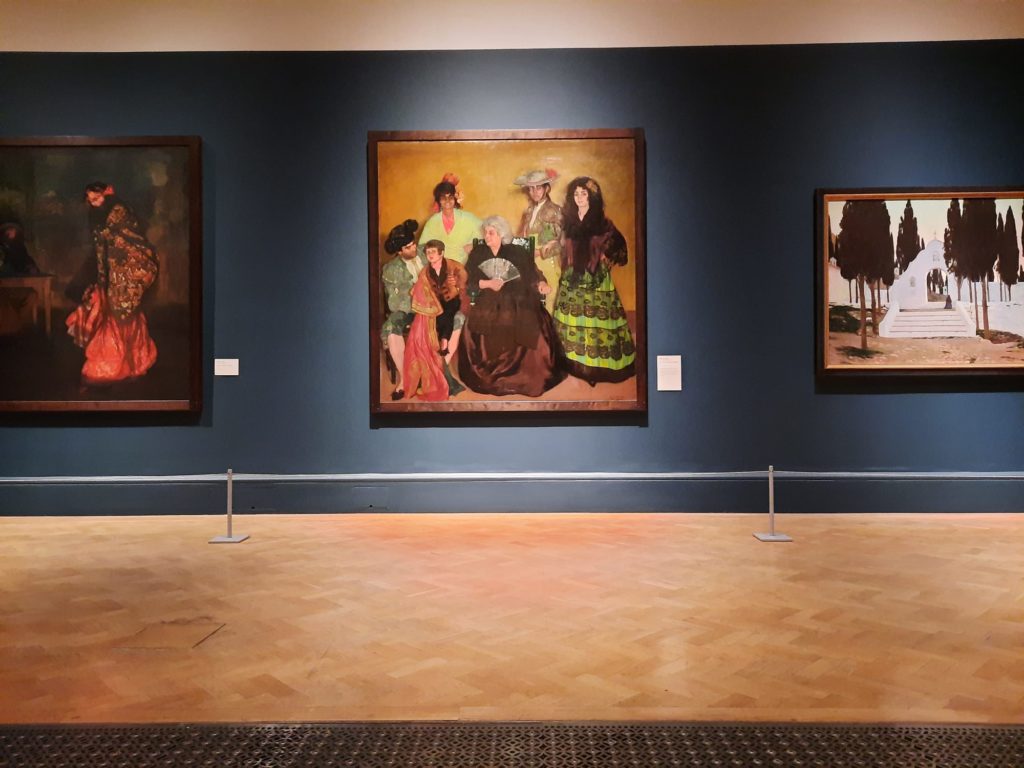
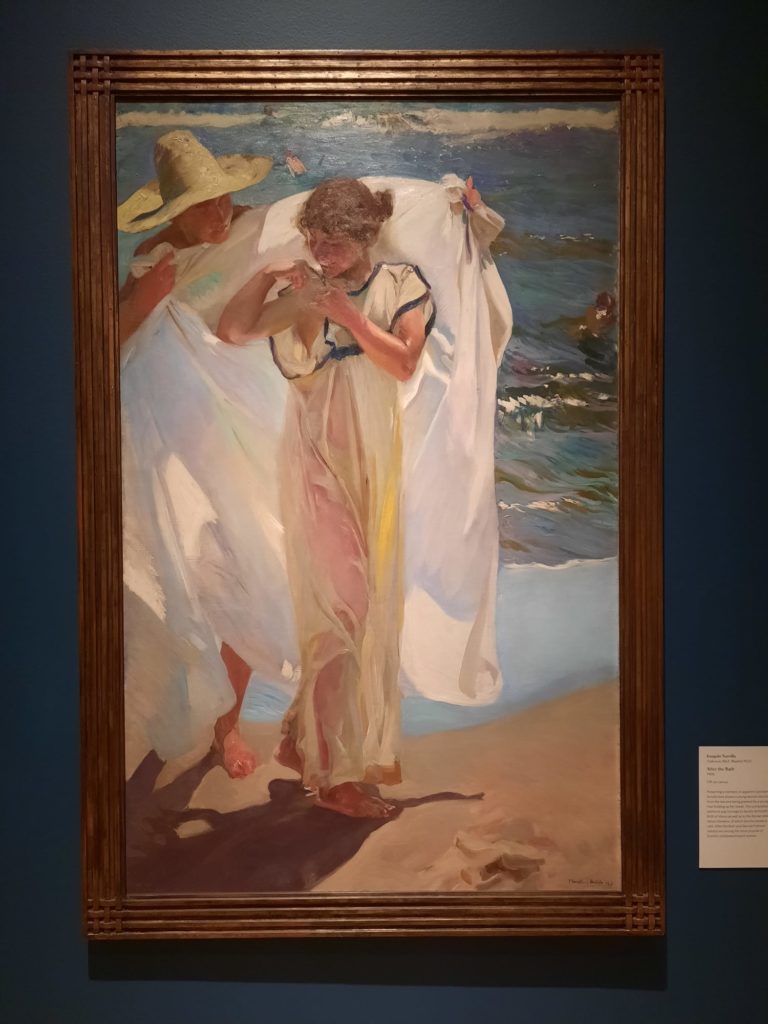
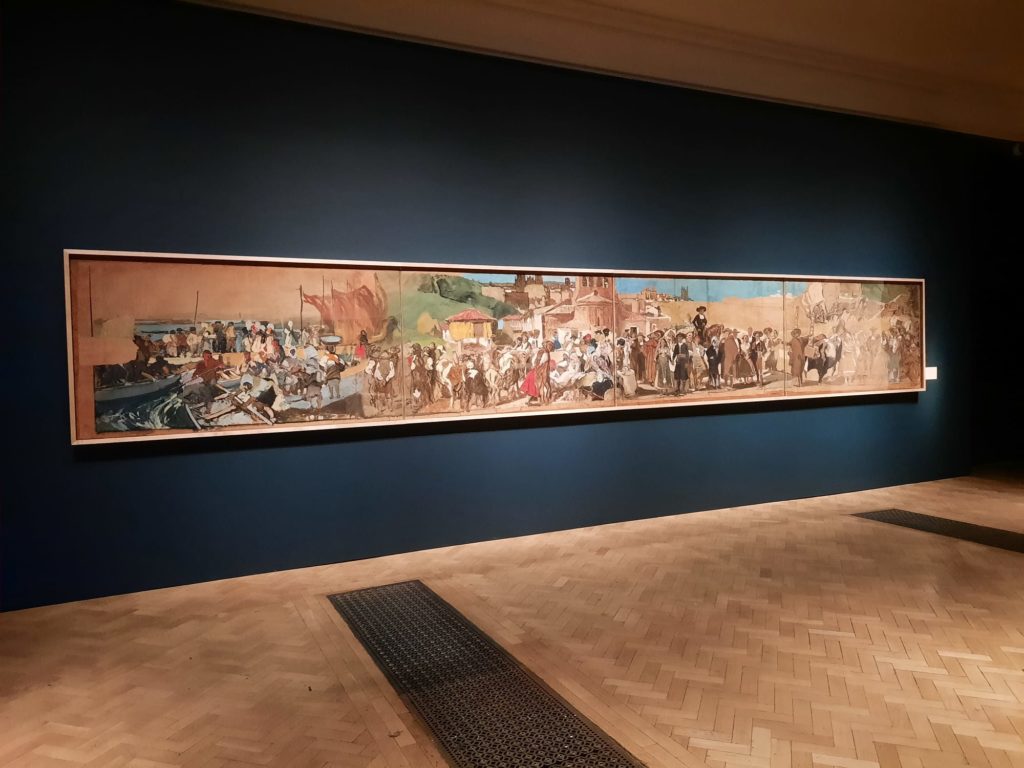
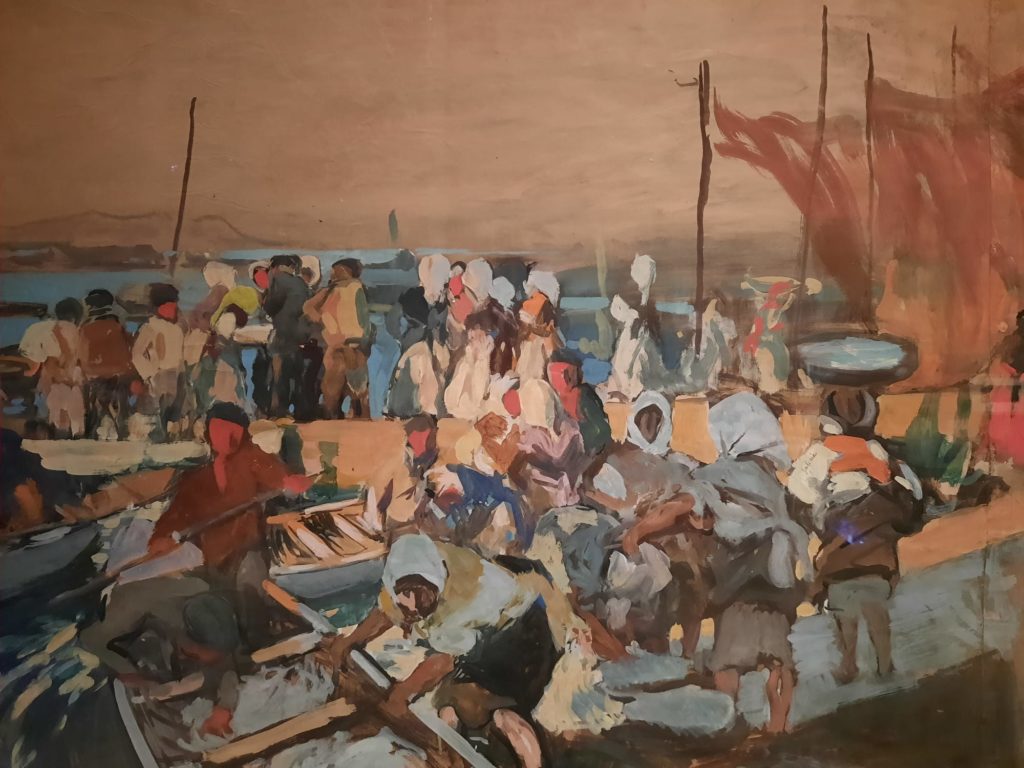
Final Thoughts On Spain And The Hispanic World
This is a top notch exhibition. With each object telling a story, there is so much to learn and understand. There are interesting topics I haven’t even had time to get into here, like a casta painting of the type this project is investigating, or a couple of Cusco school paintings of the type I saw here. The quality of the objects is so high that you could fall down any number of rabbit holes. And the quality of the curation is so good that you don’t, and stay engaged and interested until the end.
I don’t think the Royal Academy are too far off in calling this a “once in a generation” exhibition. I don’t see the masterworks of the Hispanic Society of America travelling again en masse. And I don’t see how any other exhibition could tell this story in quite the same way. Of all the exhibitions currently on in London, this is definitely one to make time to see. Whether you’re already knowledgeable about Spain and the Hispanic World or this is your introduction, you are bound to enjoy it.
Salterton Arts Review’s rating: 5/5
Spain and the Hispanic World on until 10 April 2023
If you see this after your page is loaded completely, leafletJS files are missing.

